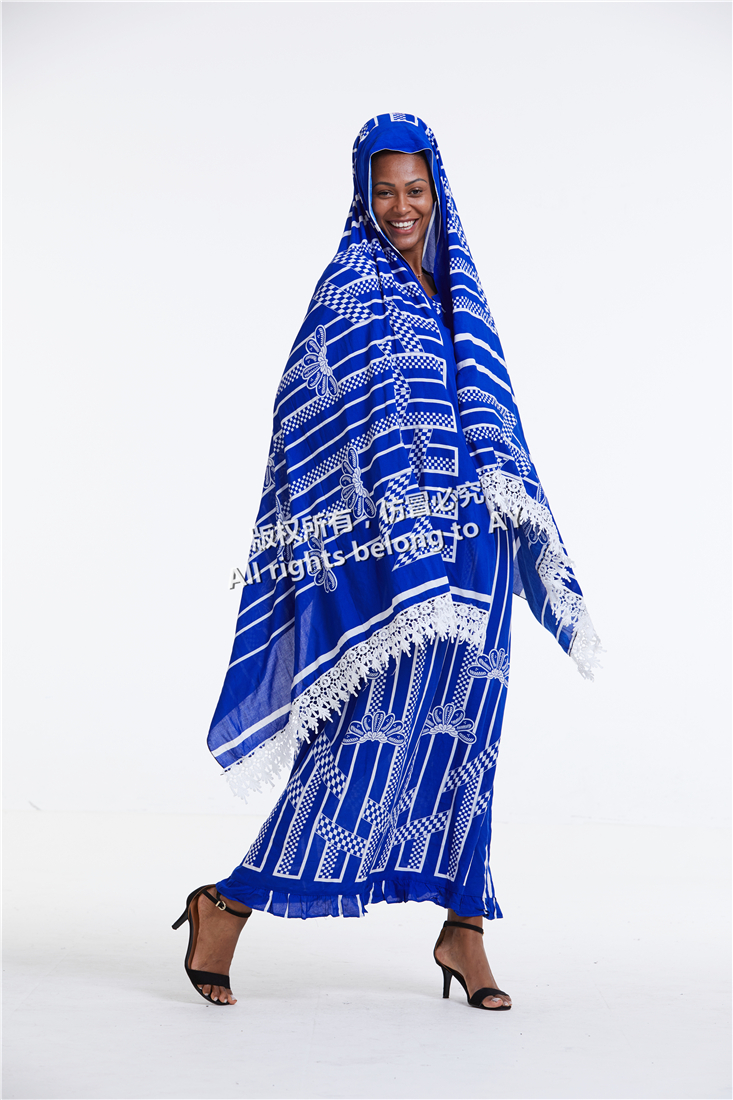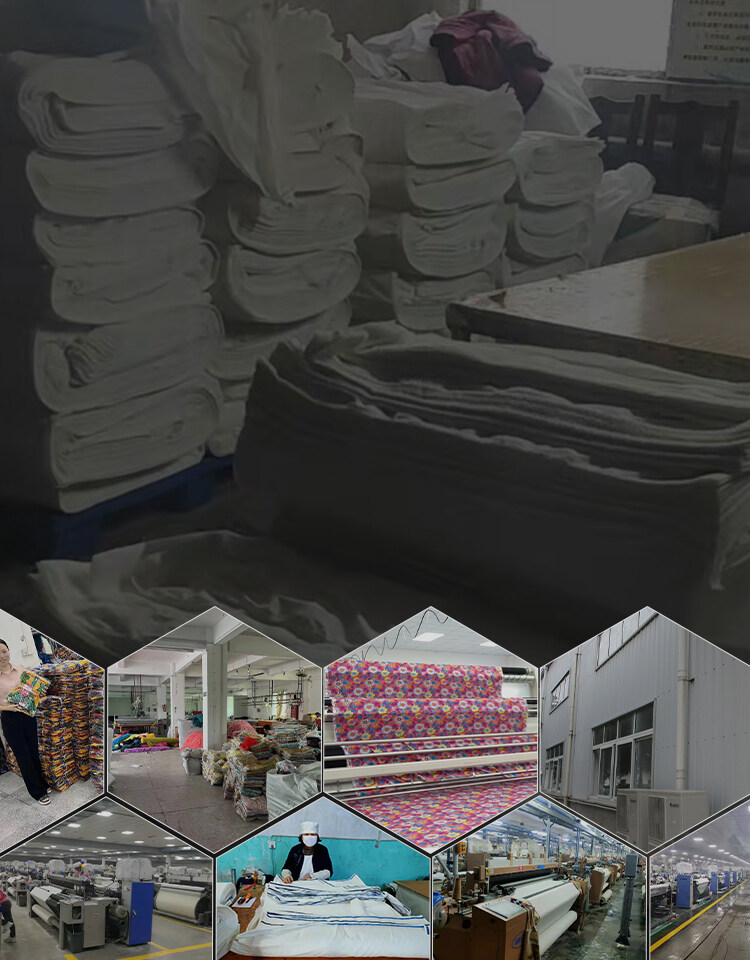Erreur de format d'e-mail
emailCannotEmpty
emailDoesExist
pwdLetterLimtTip
inconsistentPwd
pwdLetterLimtTip
inconsistentPwd

News
News
Why African Women Need To Wear Hijab
In sub-Saharan Africa, in addition to braid decorations, various earrings and various necklaces, black girls' headdresses also pay attention to the hijab.
It is said that the decorative art of hijab has now become the most sophisticated item of clothing art among middle-aged women of all ethnic groups in Africa. Especially among the few tribes living in the jungle, although some girls are bare-chested and dressed simply, their faces are painted with colorful masks and their heads are decorated with beautiful multicolored feathers.

Because of this, the decorative art of hijab is more popular among middle-aged African women. Their headscarves are generally made of white, red and various patterns of gauze, plain cloth or muslin, and the methods of tying are various. But they pay special attention to a principle of hijab, that is, the color and pattern of hijab must be coordinated with the color of the clothes they are wearing.
The origin of the hijab
Speaking of which, the origin of African women's hijab is rather peculiar: in the past, once the women of some tribes died of their husbands, according to traditional customs, they should shave their heads, so they tried to wrap their heads with cloth for beauty. Over time, a habit of Baotou decoration has been formed.
Since then, it is no longer associated with shaved head, as a symbol of bereavement and filial piety, and has gradually become a headdress commonly used in daily life.
In northern Africa, Arab women used to use black headscarves to cover their delicate faces so that only two bright eyes were exposed. Now with the changes of the times, Arab women's headscarves have changed from the traditional black color, and they have gradually become more fashionable. Although with the improvement of the quality of life, merchants are selling more fancy and changeable headscarves for North African Arab women who love beauty.
The continuous evolution of the hijab
With the advancement of society, Arab women often choose headscarves according to different styles of clothes and colors, as well as the occasion to be attended. The color of the headscarf is just right to match with robes, shoes, and satchels. It does not conflict, but also echoes each other. Blend hijabs with decent clothing and shiny jewelry.
And some avant-garde little girls, like clipping hairpins in their hair, put some colored beads on the appropriate position of the headscarf, or hang a small ornament. Especially in weddings or parties, in addition to wearing colorful clothes, the choice of headscarf has become the focus of the battle between women.
In addition to the patterns on the headscarves becoming an integral part of fashion, the way they wrap the headscarves is also changing. In general, women wrap the headscarf from the forehead to the back of the head, fasten it with a delicate pin at the chin, and then wrap the rest of the headscarf around the head, and the rest will hang naturally. In this way, only one face will be exposed on the head after wrapping.
To sum up
Just like choosing a perfume, Egyptian women also need to choose different styles of headscarves for different occasions. In fact, it is in this variety of choices that Arab women in North Africa have tasted the fun of chasing fashion.

